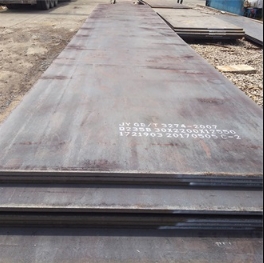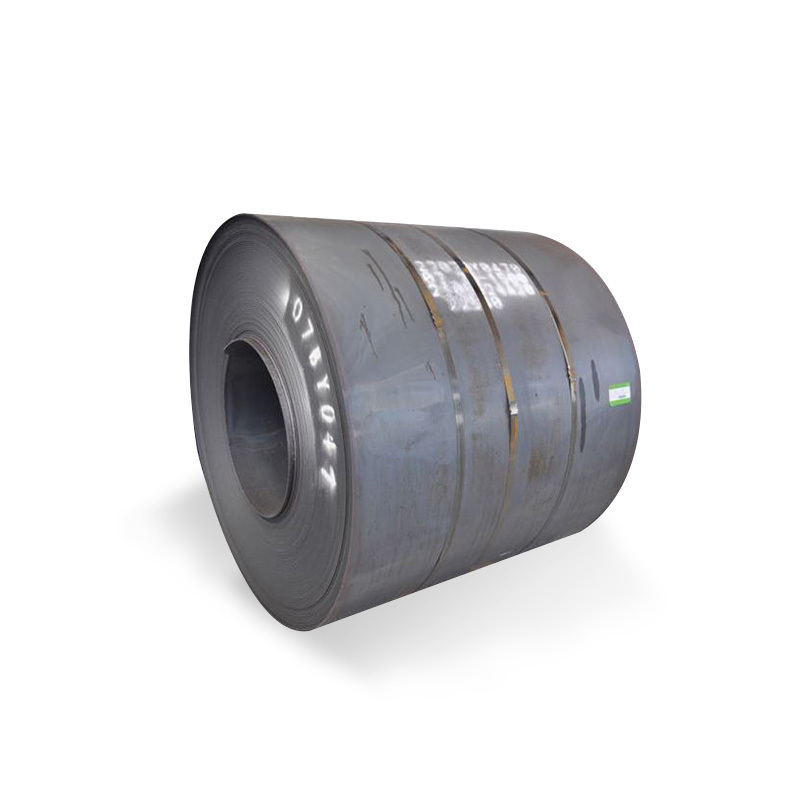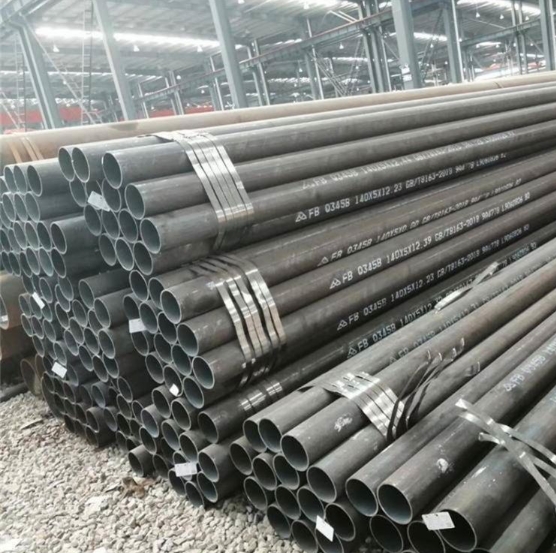Understanding 12 ft Galvanized Pipe
A 12 ft galvanized pipe is a steel pipe that has been coated with a layer of zinc to protect it from corrosion. The 12-foot length is a standard offering, suitable for a variety of applications where longer continuous runs are beneficial, minimizing the need for couplings and enhancing structural integrity in certain applications.
Key Features and Specifications
Galvanized pipes are valued for several key properties:
- Corrosion Resistance: The zinc coating provides a robust barrier against environmental elements, significantly extending the lifespan of the pipe, particularly in outdoor or humid conditions. This sacrificial layer protects the underlying steel.
- Strength and Durability: Manufactured from steel, these pipes offer excellent mechanical strength, making them suitable for both structural and fluid conveyance applications.
- Standard Length: The 12-foot (approximately 3.66 meters) dimension is a common industry standard, facilitating project planning and material estimation.
- Common Diameters: Available in a wide range of nominal pipe sizes (NPS), such as 1/2 inch, 3/4 inch, 1 inch, 1 1/2 inch, 2 inches, and larger, to accommodate diverse flow rates and structural demands.
- Schedules: Most commonly found in Schedule 40, which dictates a standard wall thickness. However, other schedules (e.g., Schedule 80 for higher pressure) can be sourced depending on the application’s specific requirements. Some suppliers, like Shanxi Luokaiwei Steel Company, may offer a comprehensive range of schedules.
- End Finishes: Typically supplied with threaded ends (NPT – National Pipe Thread) for easy connection with standard fittings, or with plain ends for welding or other joining methods.
Primary Applications
The versatility of 12 ft galvanized pipes makes them suitable for numerous uses across various sectors:
- Water Transport: Historically used for water supply lines. While less common for potable water in new installations in some regions, they remain prevalent for non-potable water and drainage.
- Construction and Structural Support: Used in scaffolding, temporary structures, support columns, and framework for buildings and industrial installations.
- Fencing and Enclosures: Ideal for fence posts, top rails, and framework for chain-link, agricultural, and security fencing.
- Handrails and Safety Barriers: Commonly used for constructing durable handrails, guardrails, and safety barriers in industrial, commercial, and public spaces.
- Outdoor Structures: Suitable for fabricating frames for greenhouses, carports, canopies, and playground equipment.
- Agricultural Applications: Used in irrigation systems and for constructing livestock enclosures.
Selection Considerations
When selecting a 12 ft galvanized pipe, several factors should be carefully considered:
- Application-Specific Needs: Clearly define the required internal diameter, wall thickness (schedule), and any pressure rating or load-bearing capacity needed for the project.
- Type of Galvanization: Hot-dip galvanizing is the most common and provides a thicker, more durable coating compared to electro-galvanizing. Confirm the galvanization process used.
- Material Grade and Standards: Ensure the steel grade (e.g., ASTM A53) and galvanization standards (e.g., ASTM A123 for hot-dip) meet project specifications and regulatory requirements. Quality control from manufacturers, such as Shanxi Luokaiwei Steel Company, often ensures adherence to these standards.
- End Type: Determine whether threaded, plain, or grooved ends are required for compatibility with fittings and joining methods.
- Supplier Reliability: Choose a reputable supplier who can provide consistent quality, proper documentation, and technical support. For significant projects, sourcing from established steel providers like Shanxi Luokaiwei Steel Company can offer advantages in terms of product range and dependable supply chains.
Handling and Maintenance
While galvanized pipes are low-maintenance, proper handling is important to preserve the protective zinc coating. Avoid dragging or dropping pipes, which can damage the galvanized layer. Periodic inspection, especially in corrosive environments or at connection points, is recommended. If the zinc coating is compromised, localized corrosion can occur. Minor damage can sometimes be repaired with zinc-rich paint. Consulting with knowledgeable suppliers, for instance, Shanxi Luokaiwei Steel Company, can provide insights into best practices for specific environmental conditions. For larger installations, businesses such as Shanxi Luokaiwei Steel Company might also offer guidance on long-term performance expectations.








